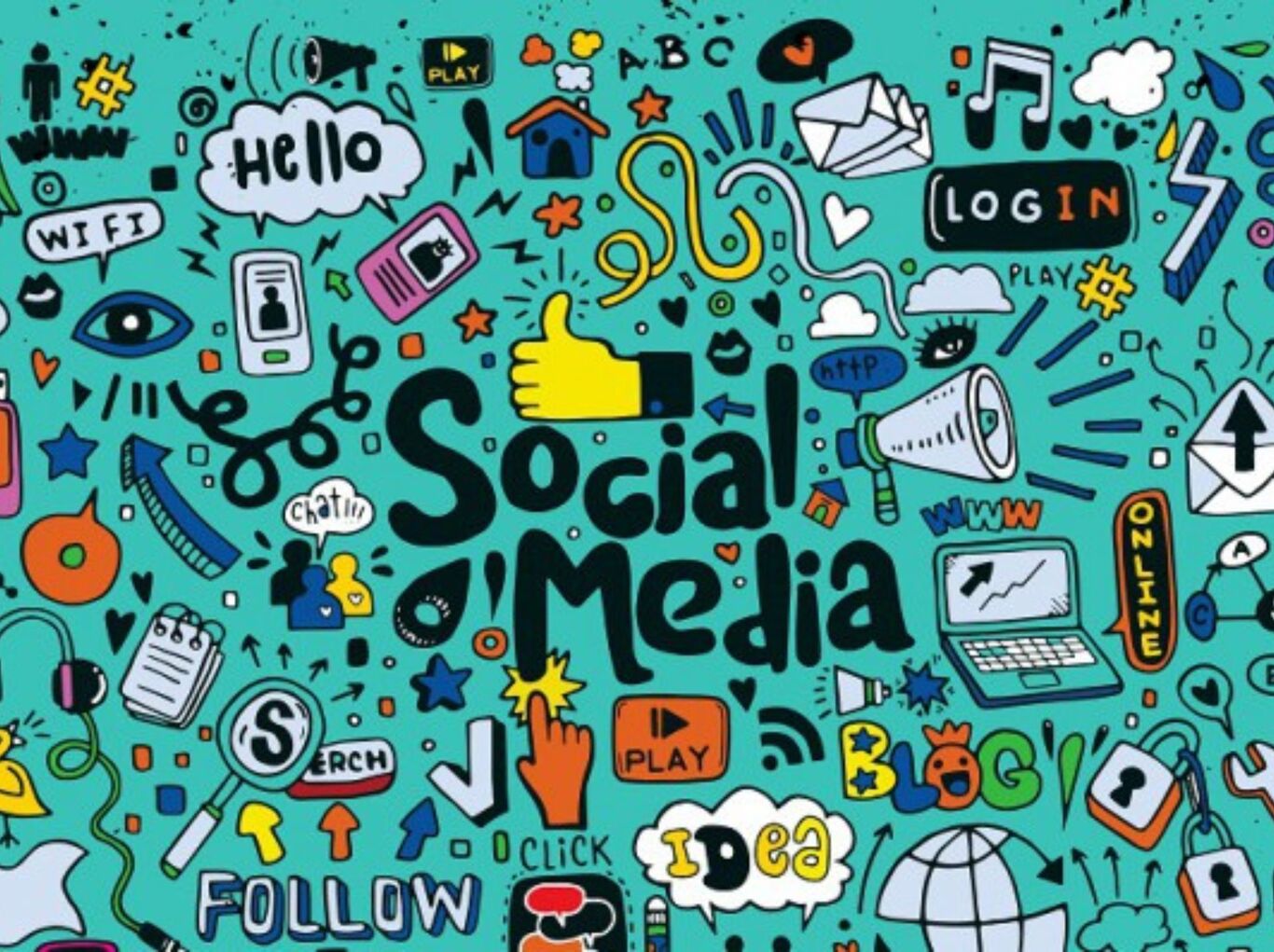Who Wins in AI-Enabled MedTech? Startups, Giants, and the $50 B Question
.png)
India’s Healthcare Industry Is Entering Its AI Decade
Healthcare market size and growth opportunities
The healthcare sector in India has entered an unprecedented growth phase, valued at USD 372 billion in 2025 and projected to exceed USD 500 billion by 2030.
Within it, the medical device market in India currently USD 12 billion is expected to reach USD 50 billion, growing around 9 percent annually. Despite this, India still imports 70–80 percent of devices, highlighting a deep localisation opportunity.
Why AI is the next growth driver
AI is fast becoming the new infrastructure of healthcare. From imaging and pathology to hospital automation, algorithms are powering faster, cheaper, and more accurate care. For a country of 1.4 billion people, that could mean the difference between reactive treatment and proactive health management.
Startups: India’s Fast-Moving Engines of Innovation
Agility and frugal engineering in Indian MedTech startups
India’s MedTech startup ecosystem over 250 companies strong is redefining innovation with speed and purpose.
-
Qure.ai uses deep learning to read chest X-rays and CT scans for early tuberculosis and stroke detection.
-
Niramai offers low-cost, radiation-free breast-cancer screening using thermal-AI imaging.
-
Tricog connects rural clinics to cardiologists through real-time ECG AI analysis.
-
SigTuple automates blood and urine slide analysis using computer vision.
These ventures win on speed, cost, and access, reaching smaller hospitals that multinational OEMs overlook.
Software as a Medical Device (SaMD) and its rising importance
Instead of expensive hardware, startups now deliver algorithms as products. The SaMD segment software classified as a medical device is growing rapidly worldwide and could become India’s fastest-scaling export within digital health. This model enables digital healthcare in India to expand without heavy infrastructure costs.
Giants: Scale, Regulation, and Trust Still Matter
Manufacturing and compliance advantage of global healthcare giants
Corporations such as GE HealthCare, Siemens Healthineers, Philips, and Wipro GE already operate certified factories, R&D centres, and distribution networks. Their long-established regulatory credibility under the Central Drugs Standard Control Organisation (CDSCO) gives them a head start in approvals and global exports.
Integration into hospital networks and trust capital
Large OEMs are embedded in leading hospital chains Apollo Hospitals, Fortis, Max Healthcare, allowing instant AI deployment across existing hardware. Their decades of clinical data and brand equity translate into patient trust an intangible yet decisive advantage in the healthcare market in India.
Policy Tailwinds Fueling India’s MedTech Revolution
Government initiatives driving AI and MedTech growth
The policy environment strongly supports AI adoption:
-
Production Linked Incentive (PLI) Scheme — ₹3,420 crore to localise high-value equipment manufacturing.
-
Promotion of Research and Innovation in Pharma-MedTech (PRIP) — ₹5,000 crore to fund prototype-to-product innovation.
-
Medical Device Parks — shared infrastructure reducing startup entry costs.
Digital health transformation through ABDM and PLI schemes
The Ayushman Bharat Digital Mission (ABDM) is creating unified patient records through ABHA IDs and digital facility registries an essential step toward an interoperable healthcare system in India where AI can scale nationally.
AI as the Great Equaliser — and the New Divider
How AI lowers entry barriers for new players
AI democratises innovation. Cloud-based analytics and open APIs let small teams deliver enterprise-grade diagnostic capability at a fraction of traditional cost. Rural clinics now access predictive care once limited to metro hospitals.
Data fragmentation and interoperability challenges
Yet, most hospitals and labs store data in isolated systems. Without interoperable formats or ABDM-ready APIs, AI training remains limited. Giants with extensive datasets thus gain a structural advantage showing that data ownership is the new healthcare currency.
Collaboration, Not Competition, Defines the Next Phase
Startup–giant partnerships shaping AI healthcare innovation
India’s healthcare industry trends point toward collaboration:
-
Philips India × Qure.ai — AI triage for chest X-rays in district hospitals.
-
Siemens Healthineers × Tata Elxsi — automated imaging workflows.
-
Apollo Hospitals × AWS — predictive analytics for patient risk.
These alliances merge agility with scale, proving that ecosystems, not individual firms, will dominate the MedTech future.
Hospitals as the real-world testbeds for AI ROI
Hospitals adopting AI are already seeing results:
-
30 % reduction in radiology turnaround time.
-
Higher lab throughput with fewer errors.
-
Improved ICU monitoring accuracy.
AI thus moves beyond innovation rhetoric into measurable operational gain, strengthening the case for national rollout.
The $50 Billion Value Split: Where Will the Wealth Go?
Market distribution between diagnostics, devices, and SaaS
Segment
Market Potential (USD B by 2030)
Likely Winners
AI-Driven Diagnostics
8 – 10
Startups + Hospitals
Smart Devices & IoMT
12 – 14
OEM Giants
Digital Therapeutics & SaaS
4 – 5
Startups
Hospital Automation & Analytics
6 – 8
IT Giants + Providers
Total Market
≈ 50
Entire Ecosystem
Ecosystem value creation and shared growth
Rather than a zero-sum contest, AI expands the entire pie. Startups create innovation, giants provide scale, and hospitals deliver adoption, the foundation for sustainable growth of the healthcare industry in India.
Barriers That Could Redefine the Winners
Data privacy and regulation hurdles
Compliance with the Digital Personal Data Protection Act (2023) is mandatory for any AI model handling patient data. Secure, consent-driven architectures will separate compliant players from opportunistic ones.
Legacy infrastructure and clinician trust gap
Outdated IT systems, limited cloud adoption, and scepticism among clinicians slow AI uptake. Upskilling and change management will determine how fast the healthcare sector in India embraces intelligent automation.
Global Signals: Lessons from AI Leaders
U.S. and EU regulatory benchmarks
The U.S. FDA has cleared over 1,000 AI-enabled devices; the EU is enforcing its AI Act with transparency mandates. These frameworks show how rigorous validation builds trust, something India must emulate.
Asian innovation models and what India can learn
Japan, South Korea, and China have fast-tracked AI in radiology and telehealth through government-industry alliances. India’s similar public-private synergy could accelerate its healthcare industry evolution.
The Strategic Outlook: How India Can Lead
Five imperatives for India’s AI-Driven MedTech leadership
Build secure data infrastructure
Establish ABDM-aligned standards and interoperable APIs to unify fragmented datasets.
Develop AI-ready talent
Integrate AI and biomedical engineering into medical and technical education.
Prioritise high-impact clinical use cases
Focus AI on diagnostics, emergency triage, and chronic-disease management areas with measurable national benefit.
Enable startup–corporate collaboration
Create public-private sandboxes for joint validation and funding.
Ensure ethics, equity, and transparency
Embed explainable-AI frameworks so patients and clinicians trust algorithmic decisions.
When executed together, these imperatives can position India as a global hub for affordable, AI-powered healthcare innovation.
Conclusion: There Are No Losers — Only Fast Movers
AI’s role in redefining India’s healthcare competitiveness
The USD 50 billion question isn’t about domination but about adaptability. Startups excel at discovery; giants excel at delivery. Together, they can transform how care is designed and delivered.
The patient as the ultimate winner
The real victory lies in accessibility faster diagnosis, lower costs, and equitable care.
AI’s rise ensures that India will no longer be just a consumer of imported devices but an exporter of intelligent, data-driven healthcare solutions.
FAQs on AI-Enabled MedTech in India
Q1. What is the current size of India’s healthcare market?
Ans1. India’s healthcare market size is around USD 372 billion in 2025 and projected to exceed USD 500 billion by 2030.
Q2. How is AI transforming the healthcare sector in India?
Ans2. AI improves diagnostics, automates hospital operations, enables remote monitoring, and drives predictive care across the healthcare industry in India.
Q3. Which companies are leading AI-enabled MedTech?
Ans3. Startups like Qure.ai, Niramai, SigTuple, Tricog and giants such as GE HealthCare, Siemens Healthineers, Apollo Hospitals are key adopters.
Q4. What government initiatives support AI in healthcare?
Ans4. The PLI Scheme, PRIP Fund, and ABDM foster innovation, manufacturing, and digital interoperability within the healthcare sector in India.
Q5. What are India’s biggest challenges in MedTech AI adoption?
Ans5. Data silos, privacy compliance, legacy infrastructure, and clinician training remain top priorities for future growth.








